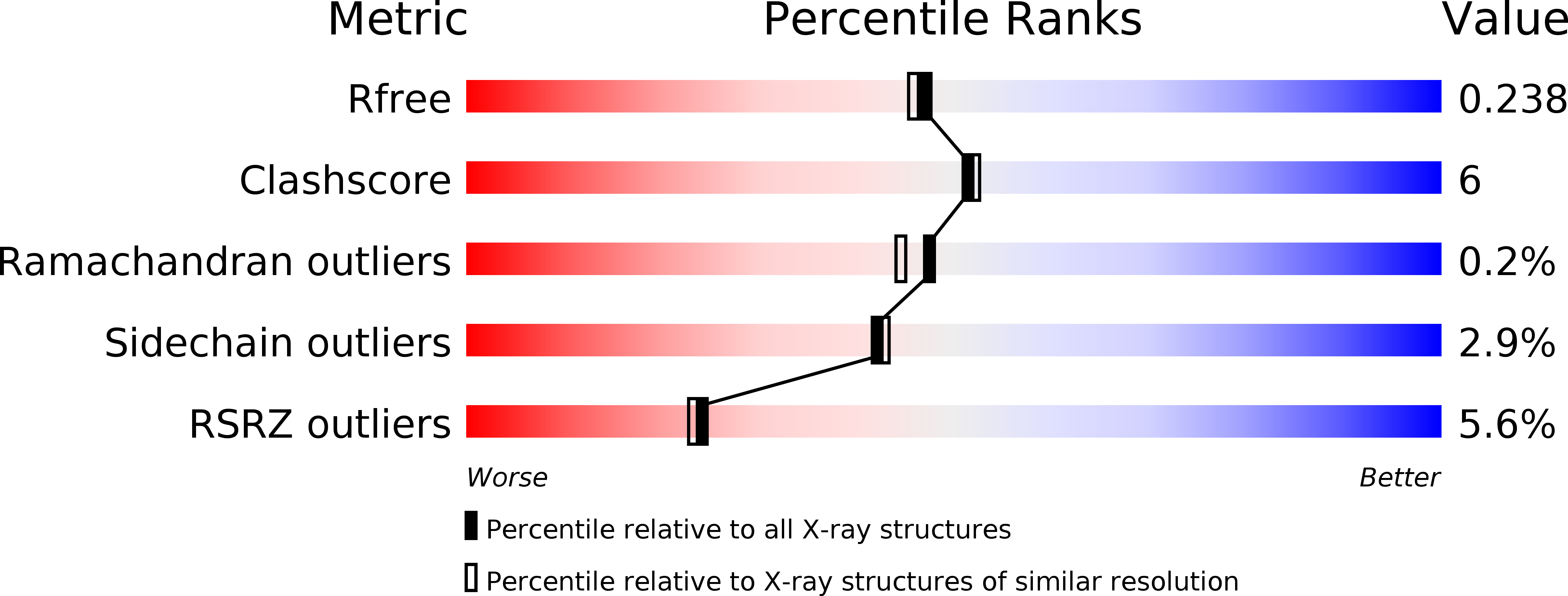
Deposition Date
2016-12-08
Release Date
2017-05-03
Last Version Date
2024-11-13
Entry Detail
PDB ID:
5U6S
Keywords:
Title:
Crystal structure of UDP-glucosyltransferase, UGT74F2, with UDP and 2-bromobenzoic acid
Biological Source:
Source Organism:
Arabidopsis thaliana (Taxon ID: 3702)
Host Organism:
Method Details:
Experimental Method:
Resolution:
2.00 Å
R-Value Free:
0.23
R-Value Work:
0.18
R-Value Observed:
0.18
Space Group:
P 21 21 21


